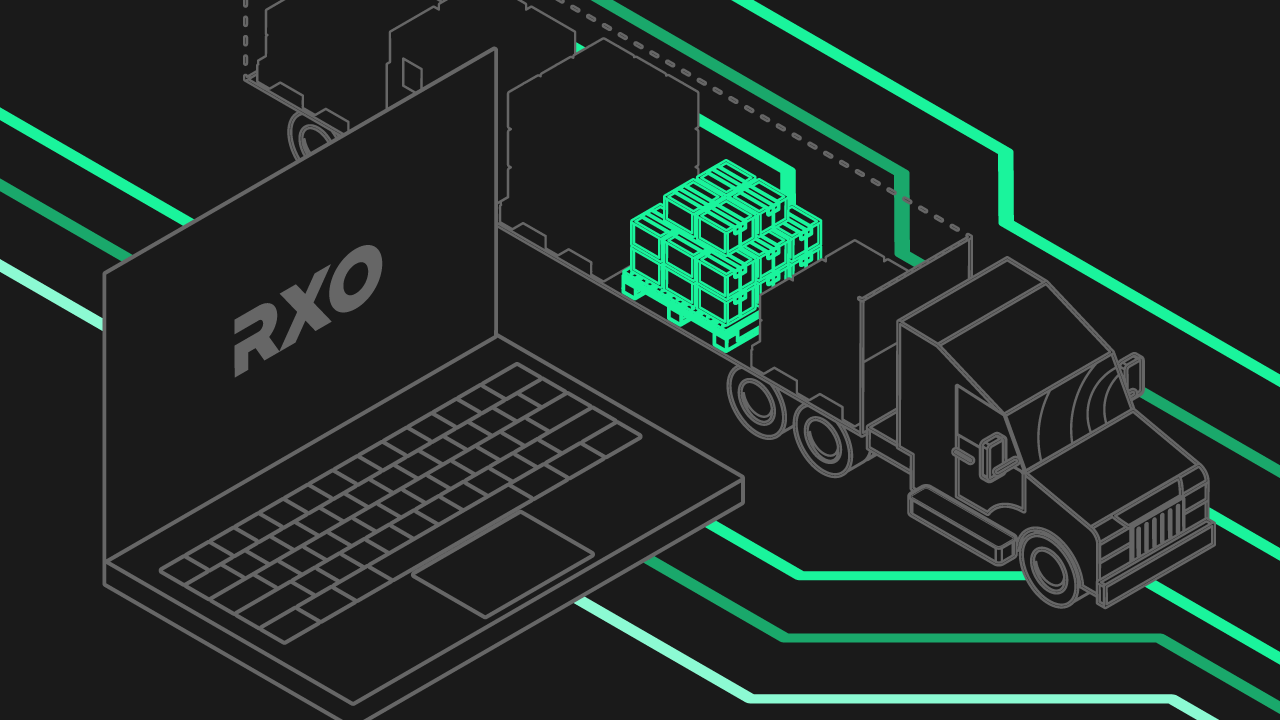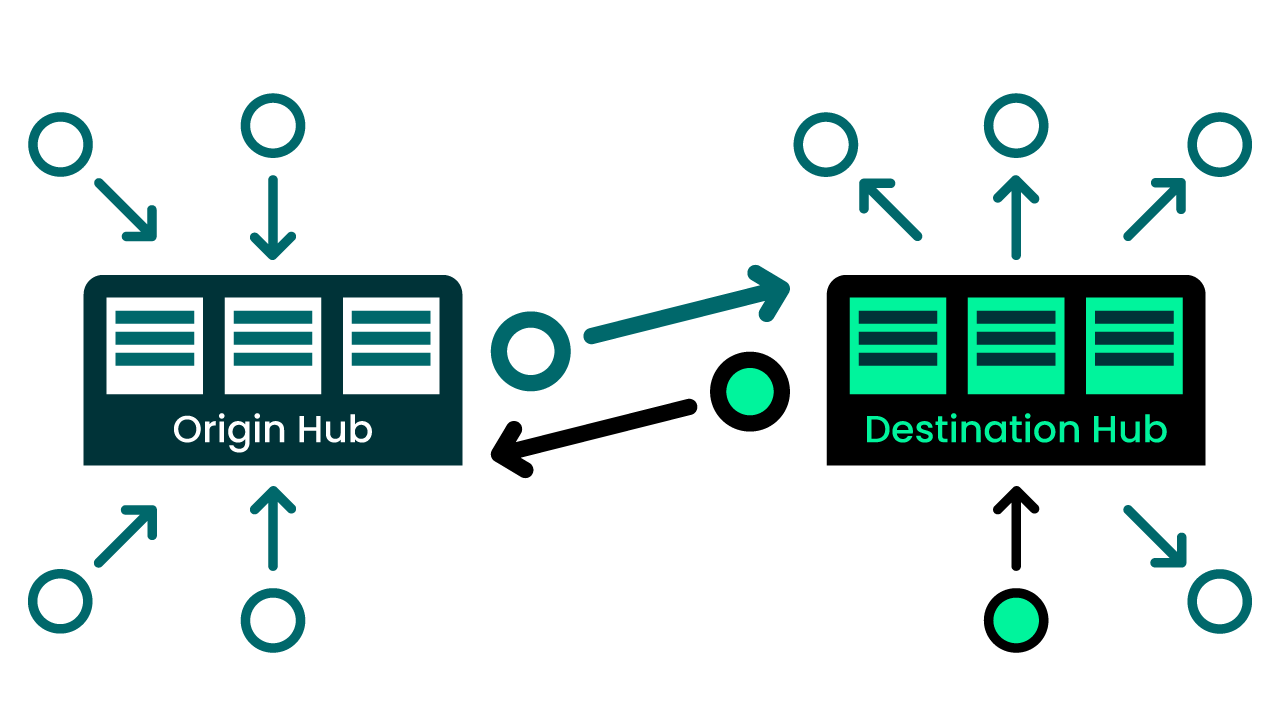Less-than-truckload (LTL) shipping is vital to most businesses’ supply chains, but it can create some real accounting headaches.
Getting an accurate LTL quote takes time and careful attention.
So does booking a shipment and checking in for tracking updates.
And that’s before you even consider the time your team can waste reconciling your invoice with your quoted price if any of the details you provided throughout were incomplete or inaccurate.
But lucky for you, there’s an easy way to fix it.
You can streamline all everything with your favorite LTL carriers and third-party logistics providers (3PLs) to save time and money and improve your tech integration.
When done correctly, integrations ensure that your internal systems work hand-in-hand with those of your providers. When data is shared openly and instantly, your savings of both time and money can be significant.
Learn how to integrate with your LTL carrier or 3PL, why you should do it and how you can benefit.
LTL Technology Integrations: What Are API and EDI?
Both application programming interface (API) and electronic data interchange (EDI) are ways of sharing data electronically between multiple systems.
EDI is an older, pre-internet technology, while API is a more recent software development that allows computers to communicate in real time.
Both techniques are used to ensure shippers and carriers have identical instant access to key shipment data (volume, weight, service and equipment requirements, distance, pick-up and delivery windows) and to provide a platform for digitally exchanging paperwork.
Generally speaking, an API integration is easier to complete than EDI.
API simply requires requesting a prewritten code string and token from your carrier or 3PL, while EDI requires more labor-intensive coordination on both ends.
Most shippers setting up an integration today, especially smaller businesses, will opt for API, although EDI is still supported by most longstanding logistics and resource management software.
API and EDI can integrate with:
- Ecommerce fulfillment platforms
- TMS (licensed or built-in-house)
- WMS
- ERP software (SAP, Oracle, etc.)
- Accounting software (QuickBooks)
When Should LTL Shippers Consider EDI or API Integration?
While it’s not a hard and fast rule, you should think about pursuing API or EDI integration if you’re moving around 25 shipments per month — or $10,000 in freight per month — with a single carrier or provider.
This is a good benchmark for identifying the carrier relationships that are really paying off for you — and the ones you should think about empowering further with all the benefits integration can offer.
The Top 5 Reasons to Integrate With Your LTL Carrier or 3PL
1. Save Your Team’s Time…and Boost Your Bottom Line
Picture this:
- Your growing business is booming and more orders are coming in than you’ve ever seen before.
- You’ve never needed a full-time logistics team before; your sales staff has been pitching in with placing and tracking freight orders.
While it’s great that your products are in such high demand, you are starting to see some real inefficiencies emerge.
Every hour your team spends quoting and building shipments with a carrier or 3PL, completing paperwork, and tracking freight is an hour they can’t spend doing their real job.
Let’s say you have a sales team of 30 and they’re each spending an hour a day on logistics work. That’s 30 lost sales hours every single day.
API and EDI integration take much of this manual labor out of the equation. Once you build a shipment once and save it in your own TMS or other internal software, you can quote it as many times as you’d like with any carriers or 3PLs you’re integrated with.
You can also electronically generate key paperwork like bills of lading and, with a single click, share them across your team and the carrier’s.
Wouldn’t you like the ability to add 150 hours a week of additional sales to your bottom line?
2. Cut Down Opportunities for Errors
Entering data manually for every shipment isn’t just a time suck — each field you fill in by hand is a new opportunity for a potentially costly mistake.
Data integration means when your details are entered in one location, they’re entered everywhere. They’re shared automatically between all the integrated systems.
Those volumes, weights and NMFC codes you entered when you requested a quote? They’re transcribed directly onto the bill of lading without you ever having to press another key.
If you got it right the first time, it will be right every time — and you won’t get charged for any unfortunate typos.
3. Use the Platform You Know
Even for the most tech-savvy shipper, learning the ins and outs of a new digital portal every time you want to work with a new carrier can be a real pain.
API and EDI integration make this a thing of the past. If you’re integrated with your shipping partners, you can build your shipments and enter your information into the TMS or ERP software you use every day.
That info will be communicated to your carrier or 3PL and your request can be processed on their end in the way they’re used to seeing it.
Cutting down on the need for a learning curve is just another efficiency that keeps your freight moving smoothly and both you and your carrier happy.
4. Get Tracking Updates in Real Time
Data integration is a two-way street: it involves the sharing of both shippers’ and carriers’ data simultaneously.
This means it’s not just about the data you enter when you quote and build a shipment. Integrations can also be used to provide real-time tracking updates about the status of your shipment as it moves through an LTL carrier’s network.
Without data integration, you have to reach out directly for and updates.
You might fill out a form in an online portal. You might send an email to someone at a terminal in the carrier’s network. You might even have to pick up the phone and call your rep.
But if you’re integrated, every tracking update the driver of your shipment logs will instantly be communicated back to you. You’ll know exactly what your rep knows at the moment they know it.
5. Eliminate Billing Discrepancies and Control Costs
One of the most frequently cited pain points in LTL shipping — especially for newer shippers — is that the price you get in your invoice from the carrier often doesn’t match the one you were quoted when you booked your shipment.
The #1 reason for this is a lack of communication between shipper and carrier about the accessorial services required to complete the shipment.
Maybe you forgot to indicate that your shipment required inside delivery. Or perhaps you had the name and address of the consignee incorrect.
Whatever the mistake was, you’ll be paying for it when you reconcile your invoice.
However, through API or EDI integration with your carrier or 3PL, you can track discrepancies like these and identify repeated ones. If you realize you always need a lift gate but never request one ahead of time, you’ll know to start building that into your quotes at the outset.
This is a long-term benefit. As your quoting precision improves, your carrier’s cost to serve you will decline — and those savings should get passed on to you.
Bonus Benefit: Integrate With a 3PL and Have All Your Carriers in One Place
Integrating is great on its own, but if you’re building out an LTL carrier network, you might find it gets a bit annoying to go through the process each time you bring a new company on board.
There’s an easy solution to this problem: When you work with a 3PL for your LTL shipping needs, they can keep track of your entire carrier network for you.
And if you’ve integrated with your 3PL’s API? That’s about as powerful a connection as you can get.
Imagine all of the above benefits enacted across your entire carrier network at once. Every time you request a quote, you will see instantly which of your carriers offers the best one.
And every shipment you have on the road will be updated before your eyes in a single platform, regardless of who is moving it.


